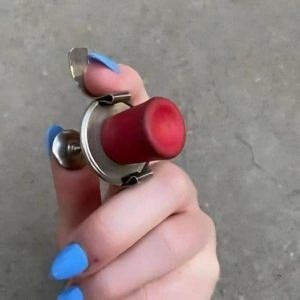The humble shoe horn, often overlooked in today’s world of convenience, carries a rich history that dates back centuries. This unassuming tool, designed to make slipping into shoes easier, has evolved significantly from its origins in the 15th century. As we explore the history and continued relevance of the shoe horn, we uncover a tale of functional innovation, craftsmanship, and timeless utility.
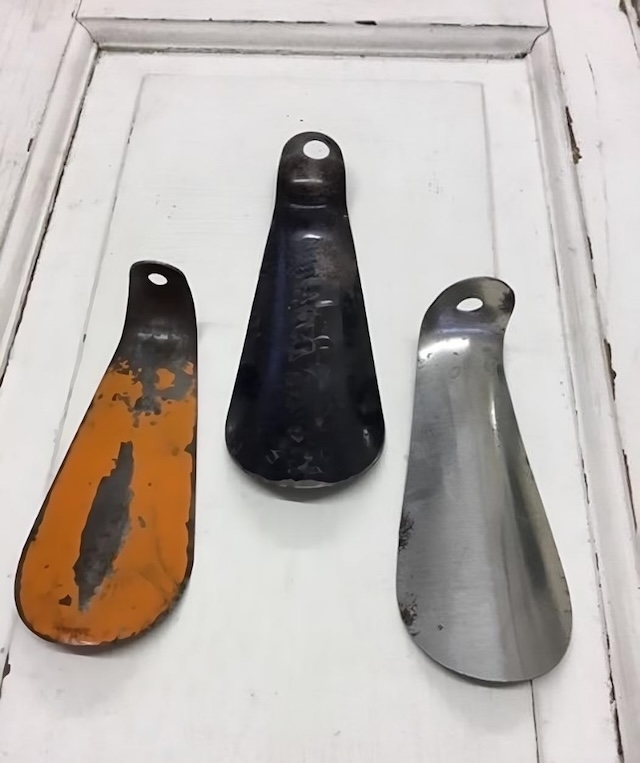
Origins of the Shoe Horn in the 15th Century
The story of the shoe horn begins in the 15th century, a time when footwear was far less flexible than what we know today. People needed a tool to help slide their feet into shoes without damaging the delicate heel. Early shoe horns were crafted from natural materials like animal horn, bone, and wood—hence the name “shoe horn.” These materials were not chosen for aesthetics but for practicality, as they were sturdy and available. In an era before mass production, each shoe horn was a unique, hand-crafted item, reflecting the craftsmanship of the period.
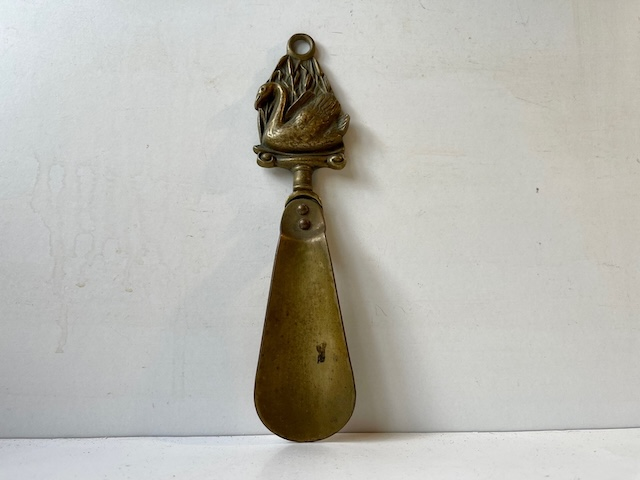
Early Materials and Their Evolution
As time progressed, so did the materials and methods used to create shoe horns. By the 17th and 18th centuries, manufacturers began experimenting with metals and other durable materials. The introduction of metals like brass and steel brought about a new era of durability, allowing shoe horns to be thinner yet stronger. The aesthetic appeal also became a consideration, with some shoe horns being made from silver or adorned with intricate designs. This shift not only enhanced the functionality of the shoe horn but also transformed it into a luxury item for the well-to-do.
The Evolution of Design Through the Ages
The shoe horn’s design has continually adapted to the changing needs and preferences of society. The Victorian era saw the creation of ornate, decorative shoe horns, often given as gifts or cherished as heirlooms. These were not just tools but also symbols of status and wealth. As we moved into the 20th century, the rise of industrialization made shoe horns more accessible to the masses. The designs became more streamlined, and materials like plastic were introduced, making shoe horns affordable and widely available.
Modern Materials and Contemporary Designs
In today’s world, the shoe horn remains a staple in many households, especially among those who appreciate the combination of function and form. Modern shoe horns are made from a variety of materials, including plastic, metal, and even carbon fiber. The designs range from the short, hand-held versions to long-handled models that are particularly useful for individuals with limited mobility. These long-handled shoe horns allow users to put on shoes without bending, making them a practical tool for the elderly or those with physical challenges.
The Practical Benefits of Shoe Horns in Daily Life
The practical benefits of using a shoe horn are numerous. Not only do they make it easier to slide your foot into a shoe, but they also help maintain the shoe’s shape, prolonging its lifespan. This simple tool reduces the strain on the shoe’s heel counter, preventing it from being crushed or bent out of shape. For those who invest in quality footwear, a shoe horn is an indispensable accessory that helps preserve their shoes’ integrity.
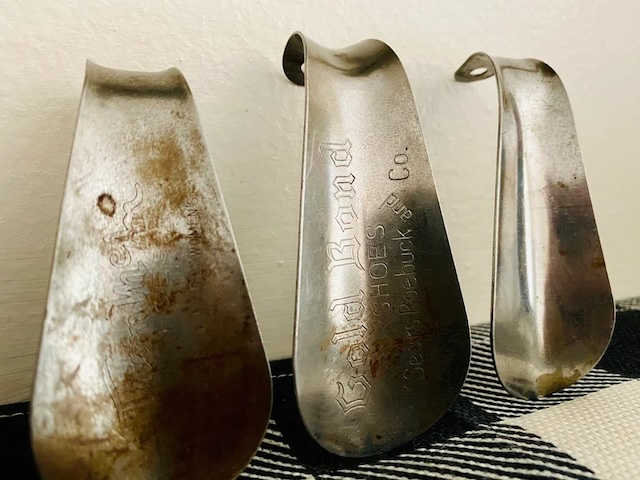
Shoe Horns as Collectibles: A Piece of History
Beyond their practical uses, shoe horns have become collectible items, appreciated for their historical and aesthetic value. Vintage shoe horns, particularly those from the 19th and early 20th centuries, are sought after by collectors. These pieces often feature intricate designs, high-quality materials, and a level of craftsmanship that is rare in modern tools. Collecting shoe horns offers a tangible connection to the past, allowing enthusiasts to own a piece of history that reflects the culture and design sensibilities of bygone eras.
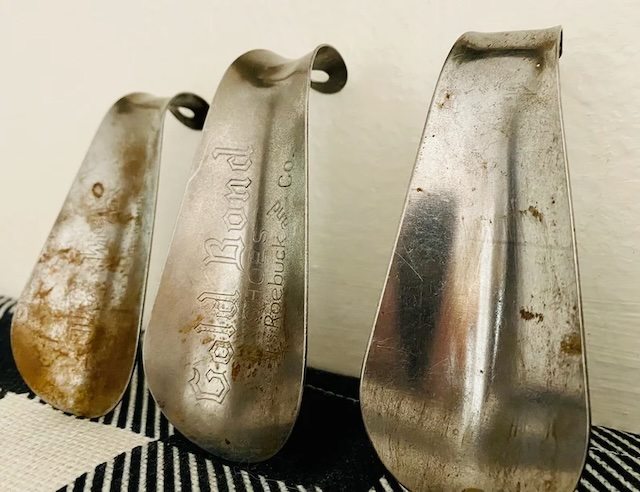
Nostalgic Charm and Modern Relevance
The enduring charm of the shoe horn lies in its ability to bridge the gap between the past and the present. While it may seem like a relic from another time, its functionality remains as relevant today as it was centuries ago. The blend of old-world craftsmanship and modern design gives the shoe horn a unique place in contemporary life. Whether used daily or kept as a collectible, the shoe horn serves as a reminder of a time when everyday objects were crafted with care and built to last.
The Legacy of the Shoe Horn
The legacy of the shoe horn is a fascinating journey through time, reflecting human ingenuity and the desire to make life a little easier. From its origins as a simple tool made of bone or wood to its modern incarnations in plastic and metal, the shoe horn has continually evolved while maintaining its core function. This evolution makes the shoe horn not just a useful tool but also a symbol of the timeless value of well-designed, functional objects.

As we reflect on the history of the shoe horn, we see a continuous thread of innovation and adaptation. Its enduring presence in our lives is a testament to the importance of simple, practical tools that stand the test of time. Whether you’re slipping into your favorite pair of shoes or adding a vintage shoe horn to your collection, you’re participating in a centuries-old tradition of craftsmanship and utility.
